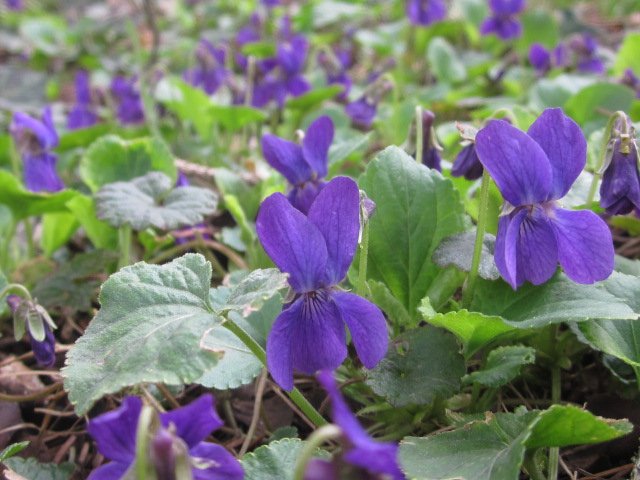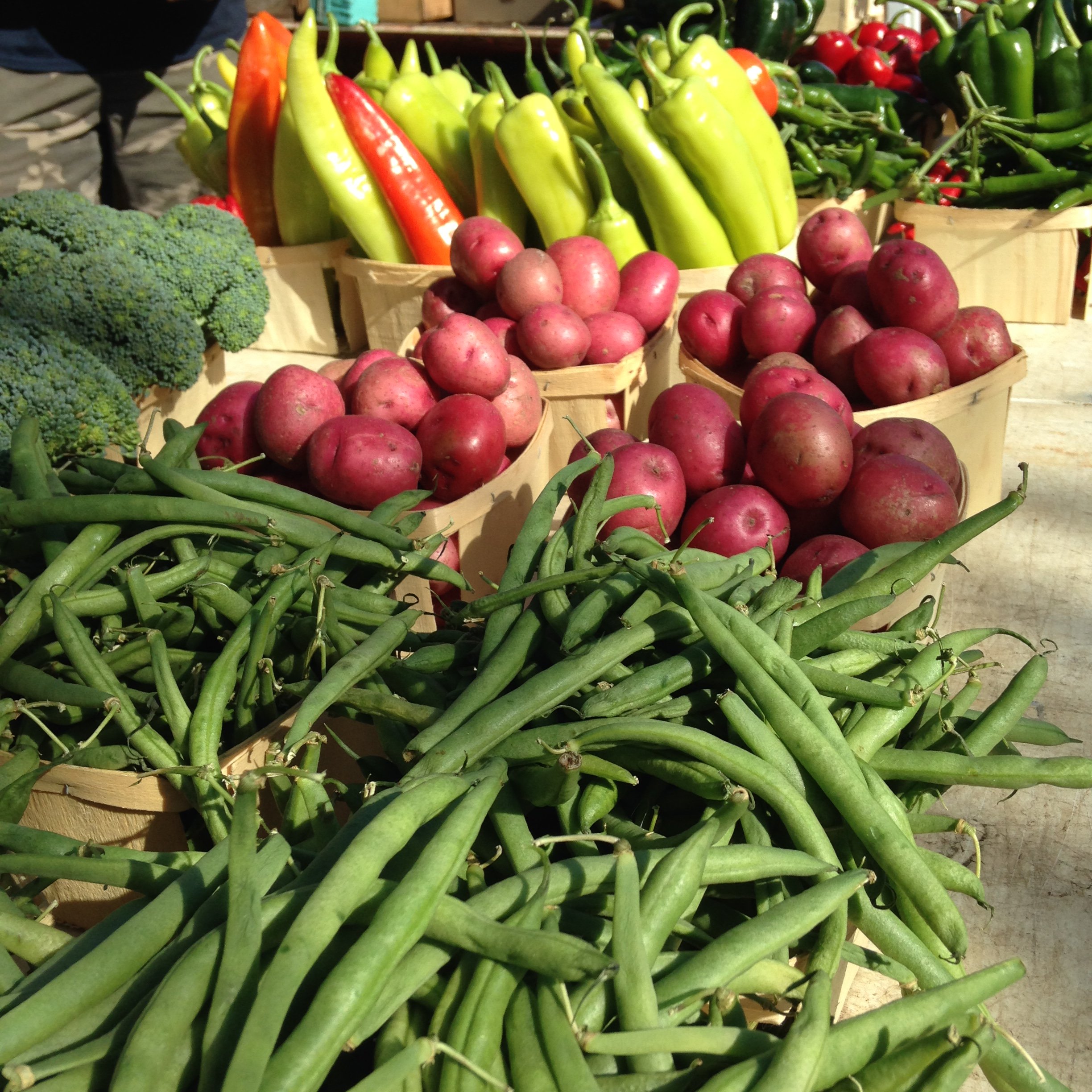Topsoil Companies Share Sources and Practices in Response to Consumer Uncertainty
This spring, I had the privilege of taking a Newswriting and Reporting class through NYU’s School of Professional Studies. I took the class to improve my interviewing skills and learn more about journalism ethics for A Nourishing Harvest.
For my final class project, I wanted to learn more about topsoil available for sale. Where is it collected from? It is processed or amended in any way? Do topsoil companies test for nutrients, pH, heavy metals, and/or other contaminants?
Which Garden Hoses are Our Safest Bet?
When I purchased a new hose a few years ago, a “drinking water safe” label on some hoses caught my eye. Calling those hoses “safe” implies that others are not.
I recalled the interesting flavor of hose water from my childhood—the terroir of a hot summer day, perfectly paired with freezie pops. Turns out, the je ne sais pas in hose water is the taste of toxic volatile compounds. Is nothing sacred?
In 2016, Ecology Center in Ann Arbor, MI published findings from a study of 32 garden hoses.
Celebrating a Heroic Plant Part: the Casparian Strip
The turning of the New Year inspires me to take stock of what I’m grateful for. Giving thanks for what’s working and what inspires me often lends some guidance for the year ahead.
I’ll take this opportunity to sing praises of the beloved plants at the heart of A Nourishing Harvest. Specifically, I’ll explore the workings of a rather heroic plant part when it comes to dealing with environmental contamination: the Casparian strip.
PFAS, Part 3: To what extent are PFAS taken up by plants?
Uptake of PFAS can also vary by plant species, and depending on which plant part we’re looking at. Do PFAS tend to accumulate in some parts more than others?
In general, fruits and seeds tend to have lower concentrations of PFAS than leaves and stems (University of Maine).
PFAS, Part 2: How Do PFAS Interact With Soil?
Before we look at PFAS contamination in WNY, let’s back up and explore whether PFAS contamination in our water and soil is a concern for gardeners.
As discussed in PFAS article 1, PFAS are widespread in the environment and found in virtually all American bodies. In their 2020 PFAS plant uptake review, Costello and Lee note that PFAS are so ubiquitous that “finding pristine soils is rare.”
In this article and the next, I explore these questions:
How do PFAS interact with soil?
To what extent are PFAS taken up by plants?
Sandra Steingraber’s Living Downstream
In order for a health practitioner to do the job well, educating oneself about the health effects of environmental contamination is required. I'm grateful for Sandra Steingraber's book Living Downstream- a research-based yet personal exploration of the health effects of environmental contaminants.
Local Voices on Lead Contamination: Utica & Buffalo
I was impressed by Lana Nitti's excellent talk at Tedx Utica, which addressed lead contamination in her neighborhood. I'm glad to share this resource from an upstate NY neighbor.
I also wanted to learn how the city of Buffalo is doing in addressing lead contamination. I found this investigative report from May 2019 entitled "Buffalo Lags on Addressing Lead Poisoning."
Lead in US Soils: Brief Intro & A Look at WNY
When Americans think of lead contamination, Flint, Michigan is the town that probably comes to mind. It's important that this story of community-wide lead contamination due to corrupt, racist water supply decisions by the state government made national news. Our media and government should be focusing attention on environmental justice issues like this. However, this story may have misled other communities into assuming that, since their town hasn't made the news, they must not be at high risk. Unfortunately, lead poisoning is a common problem across the US, particularly in cities and older communities like western NY.
Earth Repair #2: Phytoremediation & Plant Rock Stars
Phytoremediation is the use of plants to remove and/or transform contaminants in the soil. In general, it's appropriate when there are low to medium levels of contamination present.
The relationship between a plant and a contaminant will vary based on the characteristics of the plant, as well as the chemical or heavy metal.
Earth Repair #1: Microremediation of Contaminated Soil & Composting
Microbial remediation utilizes the ability of some bacteria to bind heavy metals in less bioavailable forms, or to break down organic contaminants into more benign substances. (In chemistry, organic means that the substance is carbon-based. This includes many industrial contaminants and agricultural chemicals). Because healthy soil rich in bacteria, fungi, and other organisms is imperative for healthy plant growth, we can't talk about using plants for remediation without starting with bacteria.
Beaver Island & State Park Foraging Rules
Evyn Iacovitti, Environmental Analyst for New York State Parks, emphasized that foraging is prohibited in New York State Parks. However, Evyn said there is potential for partnerships between parks and foragers for invasive species removal. I explained that safe foraging requires knowledge of chemical applications in the area, and asked about herbicide/pesticide application practices.
Amherst State Park
I enjoyed this park's beautiful creekside hike this spring, starting at the south end. My walk generated enough questions to do some research. First, I noticed that Ellicott Creek, which runs through the park, smelled like sewage. This didn’t seem to bother the fisherpeople wading with their poles. Turns out, the southern half of the park’s 80 acres is on the flood plain, and is "subject to periodic inundation by floodwaters" (Town of Amherst). What is known about the water quality?
Sites Unseen: Understanding Our Limited Knowledge About Urban Soils
As I collect contamination information for wild-harvesters on WNY public lands, my conclusions are informed guesses at best. Learning about the history of parks and surrounding property gives important clues, but we often don’t know how this translates into concrete contamination data. Even when testing is done for soil contamination, we can’t assess the levels of every possible contaminant. Some contaminants also break down into other (also toxic) chemicals that aren’t tested for.
Another issue is our lack of a complete list of industries and smaller businesses that have contributed to contamination in WNY. The 2018 book Sites Unseen is an outstanding resource for understanding the complexity of urban contamination history—particularly the quick "forgetting" of businesses that left contamination behind.












